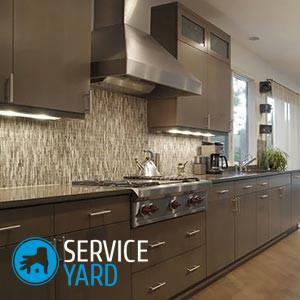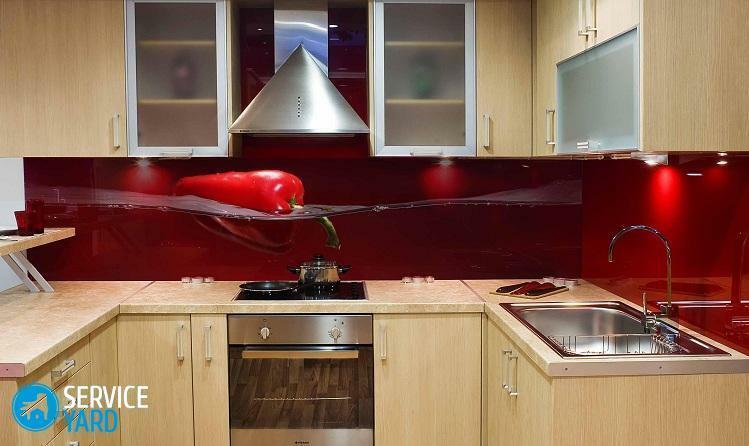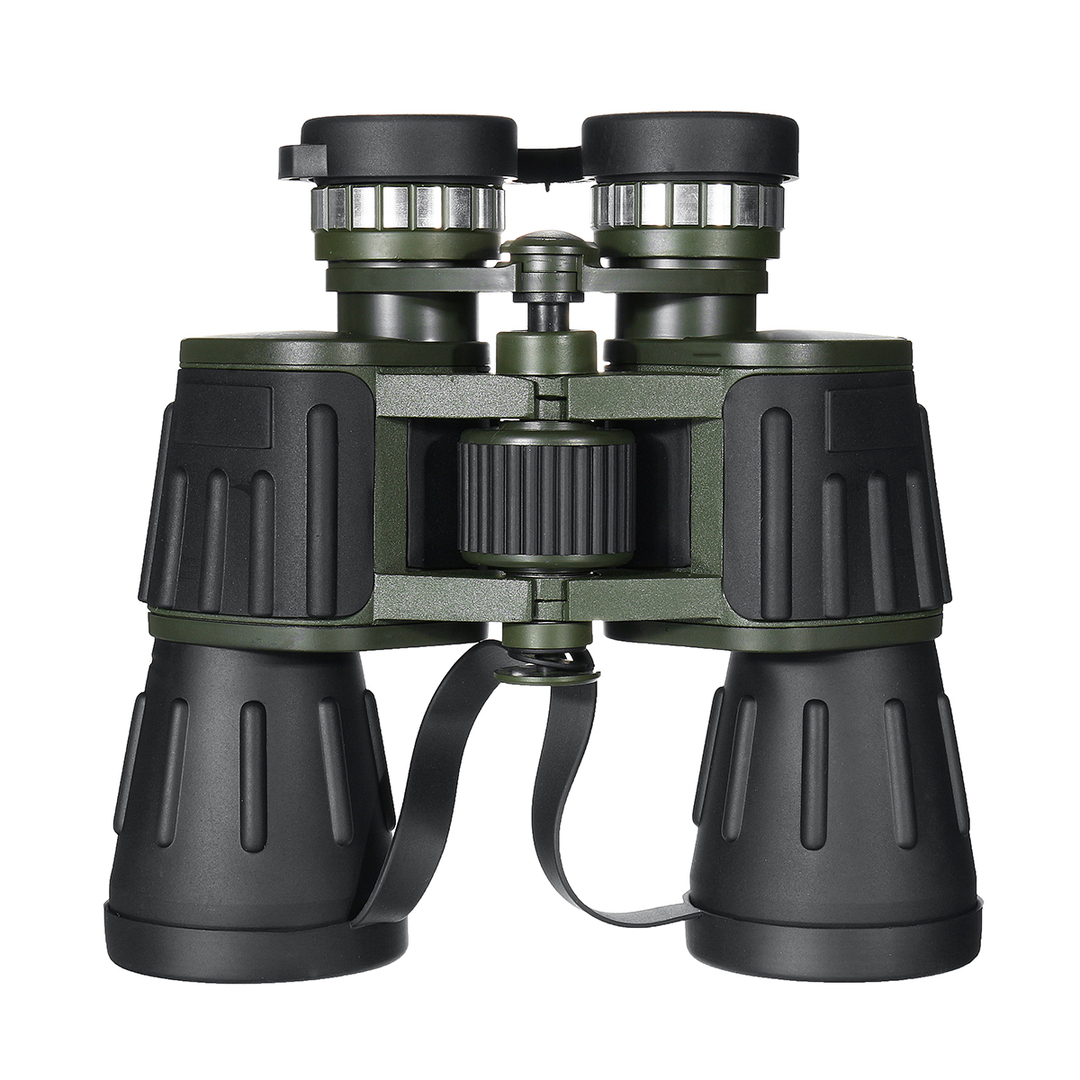
- What should be the apron?
- Advantages and disadvantages of the MDF apron
- Install the apron yourself
- Getting started
- Attachment
- Operating tips
The kitchen apron refers to the part of the wall between the work table and the curtains. It is mandatory to ensure that this part of the interior fits into the design of the entire kitchen. How to fix an apron for kitchen from MDF, having made it as much as possible competently, you learn from this article.
to the contents ↑What should be the apron?
In addition to decorative functions, the apron should have the following qualities:
- Practicality.
- Resistance to external irritants.
- Resistant to aggressive chemical compounds.
- Long service life.
All these factors must be observed, as this element of the interior is in the working area of the room - next to both the sink, and the stove, and the countertop, where the main work on cooking takes place. From this it follows that the main task of the kitchen apron is to protect the wall from particles of products, which, in turn, are very difficult to wash.
To date, the domestic market offers many panels that perfectly match all the above-mentioned qualities. Among these panels there is an apron from MDF.
to content ↑Advantages and disadvantages of MDF apron
A popular apron setting in the kitchen was due to a number of positive qualities:
- The low cost of MDF when compared with other coatings.
- Even a novice wizard can handle the installation.
- This coating can be installed on any surface of the wall, regardless of its past finish.
- This material has an optimal weight.
- You can not buy special tools - it will come in handy for a normal set, which should be for every novice or experienced master.
- This coating can be further decorated with all kinds of ornaments and images, using photo printing.
- Dismantling is also easy, which means that the apron can be easily replaced with another one.
- A ventilation duct and an electric wire can be laid along the wall - everything will be under the apron.
Before fixing the apron from MDF in the kitchen, you should also familiarize yourself with its shortcomings:
- The appearance of MDF is directly dependent on the effects of chemicals.
- After a while, the cover may bend or move away from the wall.
- Such material does not repel fire, which means it is a fuel.
Install the apron yourself
As mentioned, it is quite easy to mount such a material, however, it is worth taking into account a number of nuances determining the quality of the final result.
Basically, these nuances refer to MFD sheets that need to be pruned beforehand:
- The first step is to calculate the distance from the floor to the panel. For this height you can take the height of the countertop - as a rule, its size is 80 cm with an error of 10 cm.
- You also need to calculate the height of the apron. It is equal to the distance from the countertop to the suspended lockers - usually about 50-60 cm.
- Please take into account the dimensions of the hood. The standard distance between it and the hood is 75 cm.
- It should be noted that there should be approximately 4 rosettes above the countertop, which means that holes should be left in the sheet.
- The length of the installation is calculated from the length of the working area in the kitchen.
Getting started
Before installing the kitchen apron, the preparatory work should be carried out so that the wall is ready for further operation:
- All old materials are removed as much as possible during this work.
- Also it is necessary to remove all sticking screws and nails.
- Get rid of all visible cracks.
- The wall must be plastered to level the surface.
- When the surface dries, it needs to be covered with an antiseptic.
Important! Under the future apron, you must always install the mounting plate. Its role can play a regular rake made of wood or a profile of metal under plasterboard. It is attached to the wall with the help of self-tapping screws under the edge of the apron, which is located below. The profile should be placed horizontally.
to the contents ↑Attachment
You can fasten this material in several ways, using various fastening means. Let's consider each of the available options.
The use of "liquid nails"
The installation of an apron in the kitchen from MDF step by step usually occurs with the use of "liquid nails", since this option is the most convenient:
- There is no need to perfectly level the wall, because this kind of fasteners hides most minor defects.
- "Liquid nails" is very simple to use.
- Installation in this way is very simple and convenient, and the result is highly reliable.
In this case, very important factor will be how you apply the adhesive composition:
- It must be applied around the perimeter of the structure.
- It is possible to process the inner panel in layers vertically and horizontally.
- The distance between the strips is 30 cm.

Self-tapping
An apron can be installed without the use of "liquid nails".For this, you only need to complete two steps:
- Attach the unit to the wall using self-tapping screws.
- Set on the hats from self-tapping screws.
Standard fasteners
The most common type of standard fasteners are hanging loops snap into fastenings in the inside of the apron. It is necessary to mark out each hole and hang the unit on the hinges.
Important! Do not worry, these loops will not be visible, because they will be covered with hanging closets.
to the contents ↑Tips for using
To keep the apron for a long time as new, you must follow simple rules:
- Every day, wipe it with a slightly damp cloth or a damp cloth.
- Do not overheat the cooker.
- It is necessary to exclude all unpleasant external influences connected with chemistry.
Apron is not only an excellent protection of the wall from unpleasant external influences, but also a beautiful decorative element that decorates your kitchen. From this article you learned how to fix wall panels in the kitchen, and made sure that it is possible to carry out such work.



